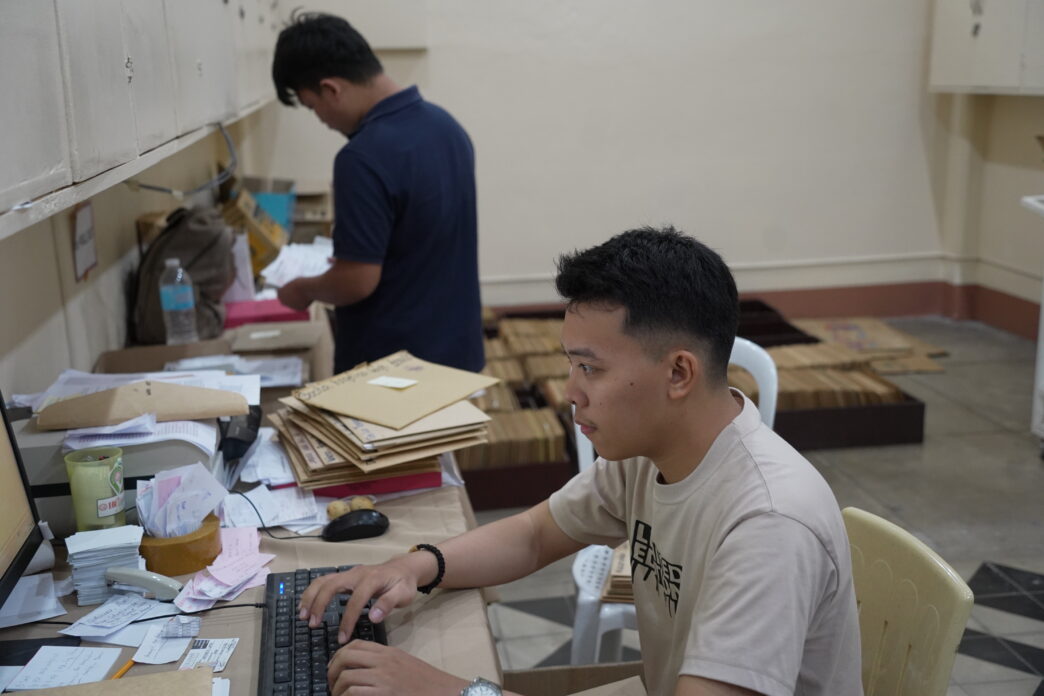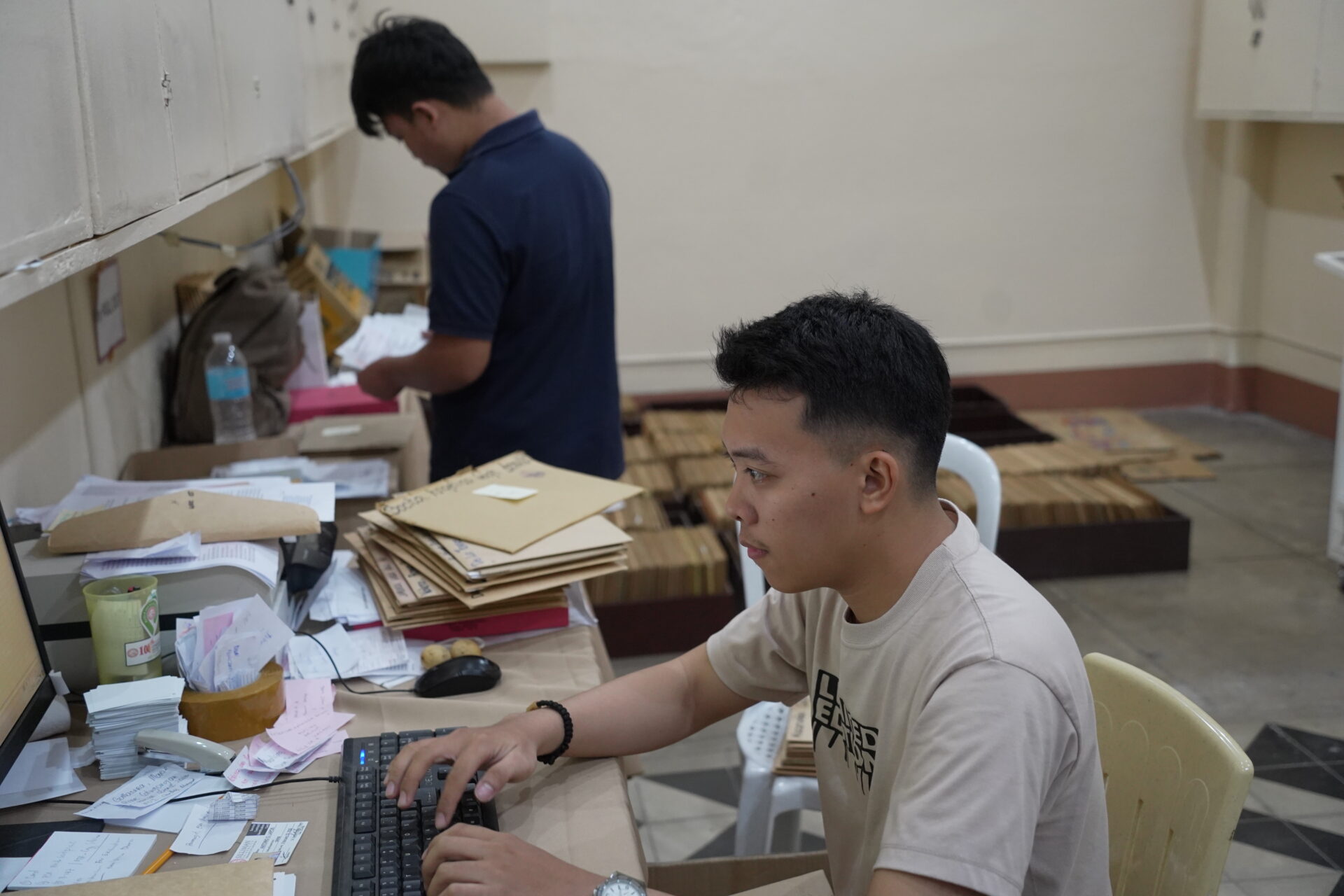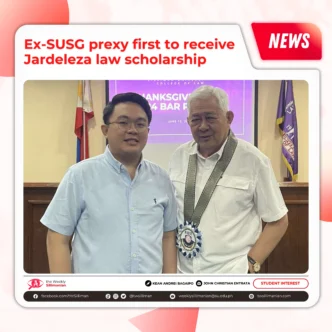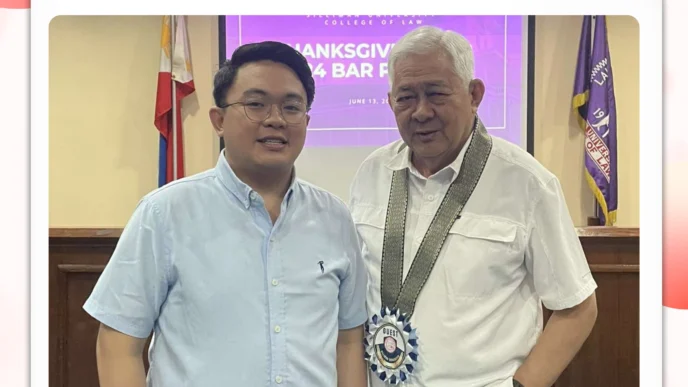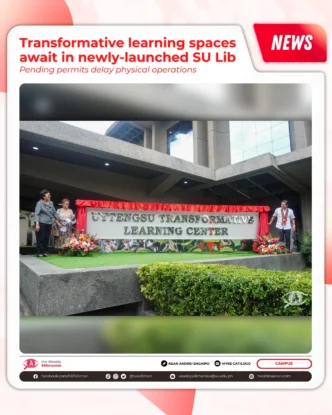by Dianne Antonette C. Grafe
Silliman University (SU) Admissions Office, and the Office of Registration and Records Management (ORRM) are set to introduce changes in the admission process, registrar administration, and digitization.
Admissions Office Head Yolanda Maxino revealed their office’s plans to launch an “enhanced student admissions” platform for the school year 2025-2026.
Moreover, ORRM Interim Chief Officer Dr. Ralton Bancairen discussed their office’s changes in their administration and staff composition, as well as the digitization of the registrar processes for the incoming second semester.
On the admission platform, Maxino discussed their ongoing development of the “one-stop shop” concept to ensure that the prospective student application process would be as “smooth and efficient as possible.”
“As of the moment, we are working closely with ORRM, the [Information and Communications Technology] (ICT) division, and [Office of Student Services] (OSS) to enhance the student admissions platform,” she said.
Maxino shared that the ICT division is currently “working tirelessly” to make the new system more user-friendly and efficient.
“We have also coordinated with the University Clinic and the ICT department to streamline the coordination between departments,” Maxino said.
Maxino also emphasized the separation of the admissions office from the ORRM in terms of the offices’ duties and responsibilities.
However, she also stated the offices’ efforts to “create a stronger branding” for SU’s identity and for a more organized admissions experience for both the students and the admissions team.
According to her, “The Admissions Office can now focus on its specific tasks on student recruitment, evaluation and assessment of potential applicants and admission of qualified students, the issuance of clearance to International Student applicants and the processing of the special study permit and Student Visa.”
Meanwhile, Bancairen elaborated the key changes to the ORRM administration for streamlined workflows, staff adjustments, technological innovations, stakeholder coordination, backlog reduction, and monitoring and reporting.
“These measures aim to optimize operations, enhance service delivery, and reduce delays at ORRM,” he said.
Bancairen shared that the restructured staff composition is aimed to address workload issues and improve efficiency to align with the new organizational structure of SU.
He said, “This restructuring ensures staff are better matched to their strengths, backlogs are reduced, daily operations run smoother, and employees have opportunities to grow through training and new roles.”
Bancairen also discussed the sections added under the ORRM, which include the School of Basic Education, and Digital Transformation and Archiving Section.
He explained that the addition of new sections will help the efficiency of their office by “dividing tasks among specialized teams, reducing backlogs, speeding up processes with digital systems, and ensuring better coordination.”
“This allows the office to handle requests faster, improve service quality, and stay organized, even with increasing demands,” he added.
On ORRM’s plans for digitization, Bancairen expressed that this initiative comes with the additional features of a new digital recording system and backup system, replacing paper-based processes.
“This involves scanning and storing important documents like transcripts and Form 137 in a secure online system, so they are easier to access and share,” he said.
Moreover, he shared that digitization will help reduce lost document cases by storing them securely in a digital system.
“It reduces reliance on physical paperwork, which saves time and space, and allows staff to focus on more important responsibilities. Additionally, digital systems enable better tracking of requests and compliance with deadlines, improving service quality for students and stakeholders,” he added.

